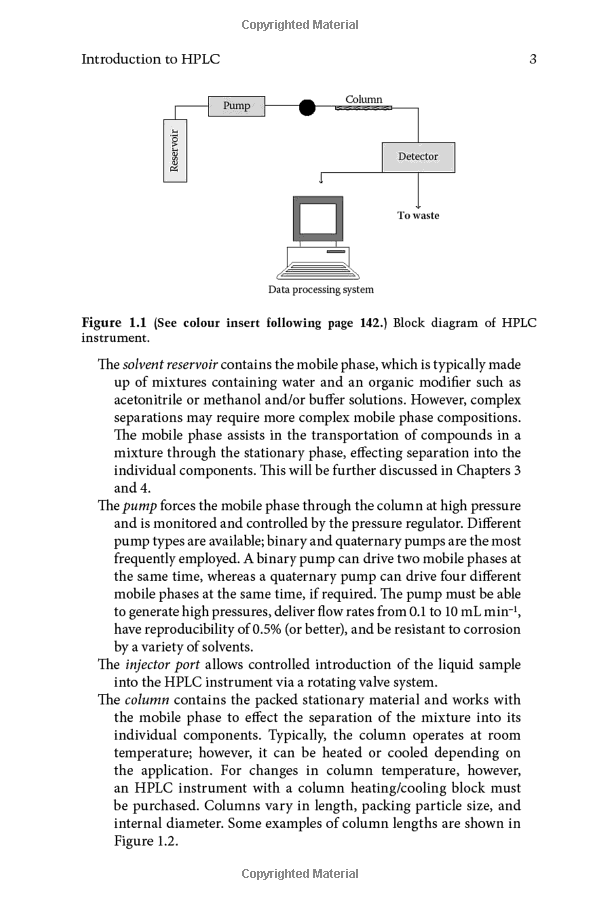Understanding How In Liquids the Attractive Intermolecular Forces Are Key to Their Unique Properties
Guide or Summary:Introduction to Intermolecular ForcesThe Types of Intermolecular ForcesThe Role of TemperatureImplications of Intermolecular Forces on Liqu……
Guide or Summary:
- Introduction to Intermolecular Forces
- The Types of Intermolecular Forces
- The Role of Temperature
- Implications of Intermolecular Forces on Liquid Properties
**Translation:** In liquids, the attractive intermolecular forces are
---
Introduction to Intermolecular Forces
In liquids, the attractive intermolecular forces are fundamental to understanding the physical properties and behaviors of various substances. These forces are the interactions between molecules that influence how they aggregate, move, and respond to external factors. The nature and strength of these forces can significantly affect boiling points, melting points, viscosity, surface tension, and solubility.
The Types of Intermolecular Forces
There are several types of intermolecular forces that play a crucial role in liquids. These include:

1. **Dipole-Dipole Interactions**: These occur between molecules that have permanent dipoles due to differences in electronegativity. The positive end of one polar molecule is attracted to the negative end of another, creating a cohesive force that holds the liquid together.
2. **Hydrogen Bonds**: A special case of dipole-dipole interactions, hydrogen bonds occur when hydrogen is bonded to highly electronegative atoms like oxygen, nitrogen, or fluorine. This type of bonding is particularly strong and significantly influences the properties of water, making it a unique solvent.
3. **London Dispersion Forces**: These are weak forces that arise due to temporary dipoles formed when electron distributions around molecules fluctuate. While individually weak, they can become significant in larger molecules or in nonpolar substances, contributing to the overall intermolecular attraction in liquids.
The Role of Temperature
Temperature plays a vital role in the behavior of intermolecular forces in liquids. As temperature increases, the kinetic energy of the molecules also increases, leading to greater movement and potentially overcoming the attractive forces that hold them together. This is why heating a liquid can lead to changes in state, such as boiling. Understanding the balance between kinetic energy and intermolecular forces is essential for predicting how a liquid will behave under different conditions.

Implications of Intermolecular Forces on Liquid Properties
The strength and type of intermolecular forces present in a liquid have profound implications on its physical properties:
- **Boiling and Melting Points**: Liquids with strong intermolecular forces typically have higher boiling and melting points. For example, water, which exhibits strong hydrogen bonding, has a higher boiling point compared to other molecules of similar size.
- **Viscosity**: The resistance of a liquid to flow is influenced by intermolecular forces. Liquids with stronger attractive forces tend to have higher viscosity, as the molecules are more tightly held together.
- **Surface Tension**: The cohesive forces between liquid molecules at the surface create surface tension, which is why some insects can walk on water. Stronger intermolecular forces lead to higher surface tension.

- **Solubility**: The interactions between different molecules determine solubility. For example, polar solvents like water can dissolve many ionic and polar substances due to dipole-dipole interactions, while nonpolar solvents can dissolve nonpolar substances through London dispersion forces.
In conclusion, understanding how in liquids the attractive intermolecular forces are critical to their unique properties provides insight into a wide range of scientific and practical applications. From predicting how substances will behave in different environments to designing new materials and solutions, the study of intermolecular forces is fundamental in chemistry and physics. As research continues to evolve, our comprehension of these forces will only deepen, leading to innovations in various fields, including pharmaceuticals, materials science, and environmental science.